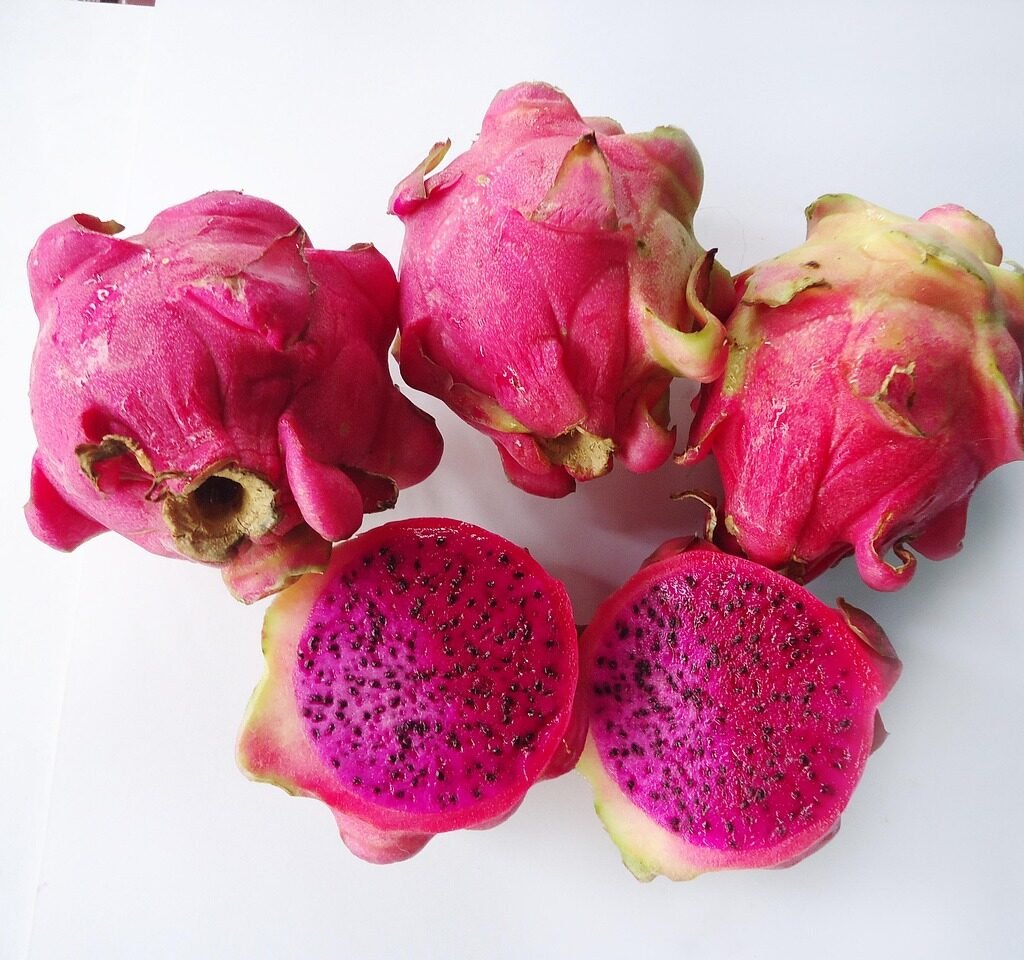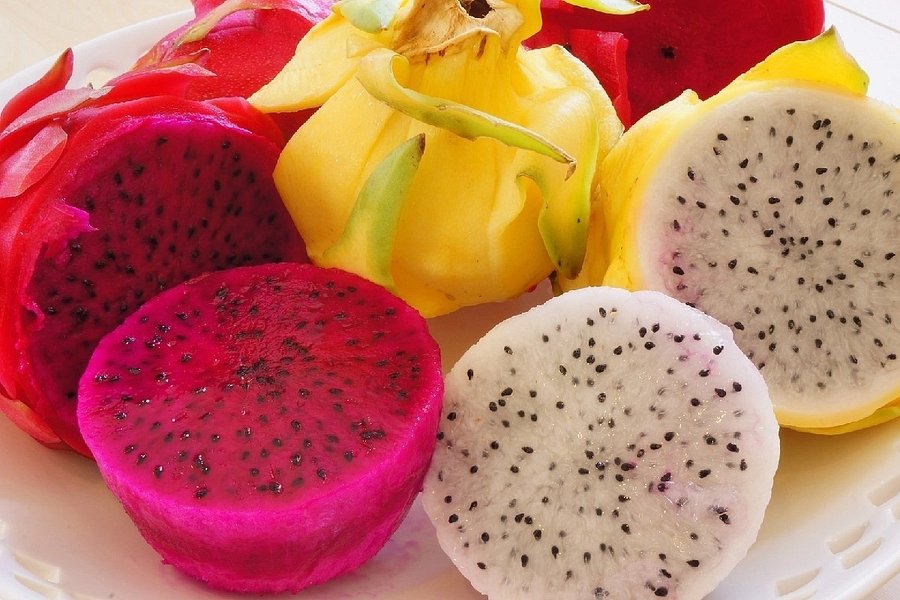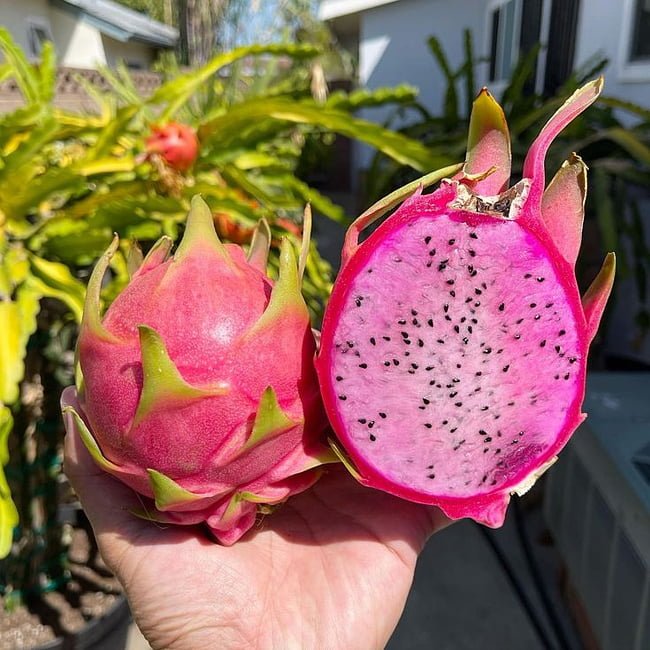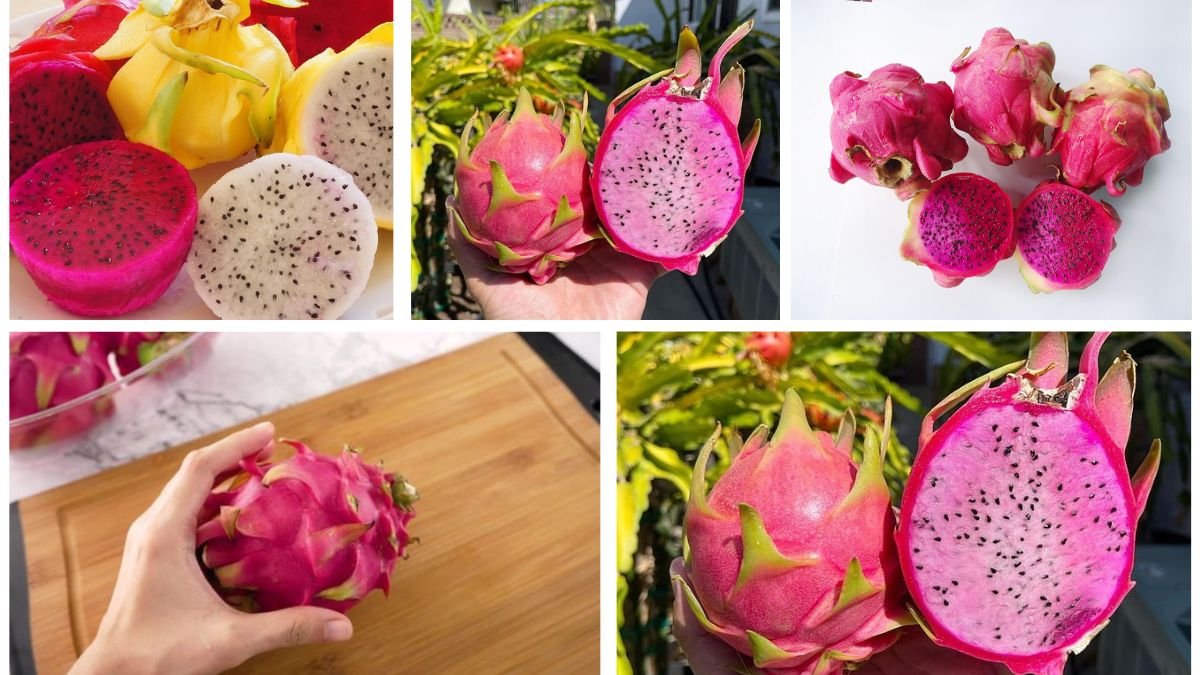Dragon fruit, also known as pitaya or pitahaya, is one of the most exotic and visually striking fruits in the world. With its vibrant pink or yellow skin, green scales, and sweet, refreshing pulp, dragon fruit has captured the attention of health-conscious consumers and food enthusiasts globally. Originating from Central America but now cultivated widely across Asia, this tropical fruit has become a symbol of wellness, uniqueness, and culinary creativity.
While several countries grow dragon fruit, international demand often outpaces local supply. This leads us to a key question: Which country leads as the largest dragon fruit importer worldwide?
The answer is China, which dominates global dragon fruit imports by a wide margin. But why does China import so much dragon fruit, and how does this shape the global market? Let’s take a closer look.
Dragon Fruit at a Glance

Before we dive into global trade, it’s worth understanding why dragon fruit has become such a hot commodity:
- Nutritional Value – Rich in vitamin C, antioxidants, fiber, and minerals like iron and magnesium.
- Health Benefits – Supports digestion, boosts immunity, promotes glowing skin, and helps regulate blood sugar levels.
- Versatile Uses – Consumed fresh, blended into smoothies, added to salads, or used in desserts and beverages.
- Global Appeal – With the rising trend of superfoods, dragon fruit is marketed as both exotic and health-boosting.
China: The Largest Dragon Fruit Importer

1. Import Volume
China is by far the largest importer of dragon fruit in the world, accounting for over 80% of global dragon fruit imports. According to trade statistics, China imports more than 500,000 tons of dragon fruit annually, making it the clear leader.
2. Why Does China Import So Much Dragon Fruit?
Several factors explain China’s massive demand:
- Limited Domestic Production – Although dragon fruit is grown in provinces like Guangxi and Hainan, domestic production cannot meet the enormous demand.
- Rising Middle-Class Consumption – Dragon fruit is seen as a premium fruit, and its popularity has skyrocketed among health-conscious Chinese consumers.
- Cultural Preference for Colorful Fruits – Brightly colored fruits are associated with prosperity and good luck in Chinese culture, especially during festivals.
- Year-Round Demand – Imports help ensure a consistent supply, as domestic harvests are seasonal.
3. Main Suppliers to China
China imports the majority of its dragon fruit from neighboring Southeast Asian countries:
- Vietnam – The leading supplier, accounting for over 90% of China’s dragon fruit imports. Vietnam’s proximity, established trade routes, and large-scale cultivation make it the natural supplier.
- Thailand – Supplies smaller but significant volumes.
- Other Sources – Recently, China has opened up imports from countries like Ecuador to diversify supply.
Other Major Dragon Fruit Importing Countries

While China dominates, several other countries also play important roles in the global import market:
1. United States
The U.S. is one of the fastest-growing markets for dragon fruit, importing primarily from:
- Vietnam (via shipping)
- Mexico (due to geographical proximity)
- Nicaragua and Ecuador
Dragon fruit appeals to American consumers who are increasingly adopting exotic fruits and superfoods. Demand is particularly strong in California, Florida, and major metropolitan areas.
2. European Union
Countries like the Netherlands, Germany, France, and the UK import dragon fruit for distribution across Europe. Imports mainly come from Vietnam and Israel, with small shipments from Latin America.
3. Middle Eastern Countries
Nations such as United Arab Emirates, Saudi Arabia, and Qatar import dragon fruit as part of their growing premium fruit markets. Consumers in these regions value exotic fruits for their uniqueness and health benefits.
4. Canada and Australia
Both countries import dragon fruit from nearby producers. Canada primarily sources from Vietnam and Central America, while Australia imports from Southeast Asia.
The Global Dragon Fruit Supply Chain

Vietnam: The Export Giant
Vietnam is the world’s largest exporter of dragon fruit, accounting for more than half of global production. With vast plantations in provinces like Binh Thuan, Long An, and Tien Giang, Vietnam specializes in supplying China. The country produces both white-fleshed (Hylocereus undatus) and red-fleshed (Hylocereus costaricensis) varieties.
Latin America: Expanding Role
Countries like Ecuador, Colombia, and Nicaragua are gaining ground in the global dragon fruit trade. Their yellow dragon fruit varieties, sweeter and smaller than Asian types, are increasingly popular in Europe and North America.
Trade Routes
- Vietnam → China (land border and sea shipping)
- Mexico/Nicaragua/Ecuador → United States (sea and air freight)
- Vietnam/Israel → Europe (air freight)
Why China Dominates as the Top Importer

- Geographical Advantage
Vietnam’s proximity to China allows for quick and cost-effective transportation. Fresh dragon fruit can reach Chinese markets within hours by land. - Massive Consumer Base
With a population of 1.4 billion, even a small increase in demand per person translates into millions of tons of fruit. - Premium Market Appeal
Dragon fruit is marketed in China as a healthy and luxurious fruit, making it particularly attractive to urban middle-class consumers. - Government Trade Policies
China has signed multiple agreements with Vietnam and other producers to facilitate the smooth import of dragon fruit.
Challenges in the Dragon Fruit Trade
Despite the boom, the dragon fruit market faces certain challenges:
- Price Volatility – Prices fluctuate due to seasonal gluts and border restrictions.
- Perishability – Dragon fruit has a limited shelf life, requiring careful handling and cold storage.
- Quality Standards – Importing countries demand strict adherence to pesticide regulations and fruit quality.
- Competition from Other Fruits – Other tropical fruits like mangoes, avocados, and lychees compete for consumer attention.
Future Trends in Dragon Fruit Imports
- Diversification of Supply
While Vietnam will remain dominant, other exporters like Ecuador and Israel are gaining market share, especially in non-Asian markets. - Processed Dragon Fruit Products
Beyond fresh fruit, products like dragon fruit juice, powders, and supplements are growing in popularity, expanding import opportunities. - Sustainability Focus
Countries are pushing for eco-friendly farming practices, organic certification, and reduced carbon footprints in transport. - Growing Popularity in Western Diets
The superfood label attached to dragon fruit ensures its rising demand in the U.S. and Europe, further boosting imports.
Conclusion
So, which country leads as the largest dragon fruit importer? The clear answer is China, which imports the lion’s share of the world’s dragon fruit, primarily from Vietnam. Its enormous population, cultural affinity for exotic fruits, and limited domestic production have made China the undisputed leader in dragon fruit imports.
However, countries like the United States, European Union members, and Middle Eastern nations are also emerging as significant importers, contributing to the fruit’s rising global profile.
As demand for healthy, exotic, and visually appealing fruits continues to rise, the dragon fruit trade will only expand further. With China setting the pace, dragon fruit is well on its way to becoming a truly global fruit, connecting farmers in Asia and Latin America with consumers around the world.





